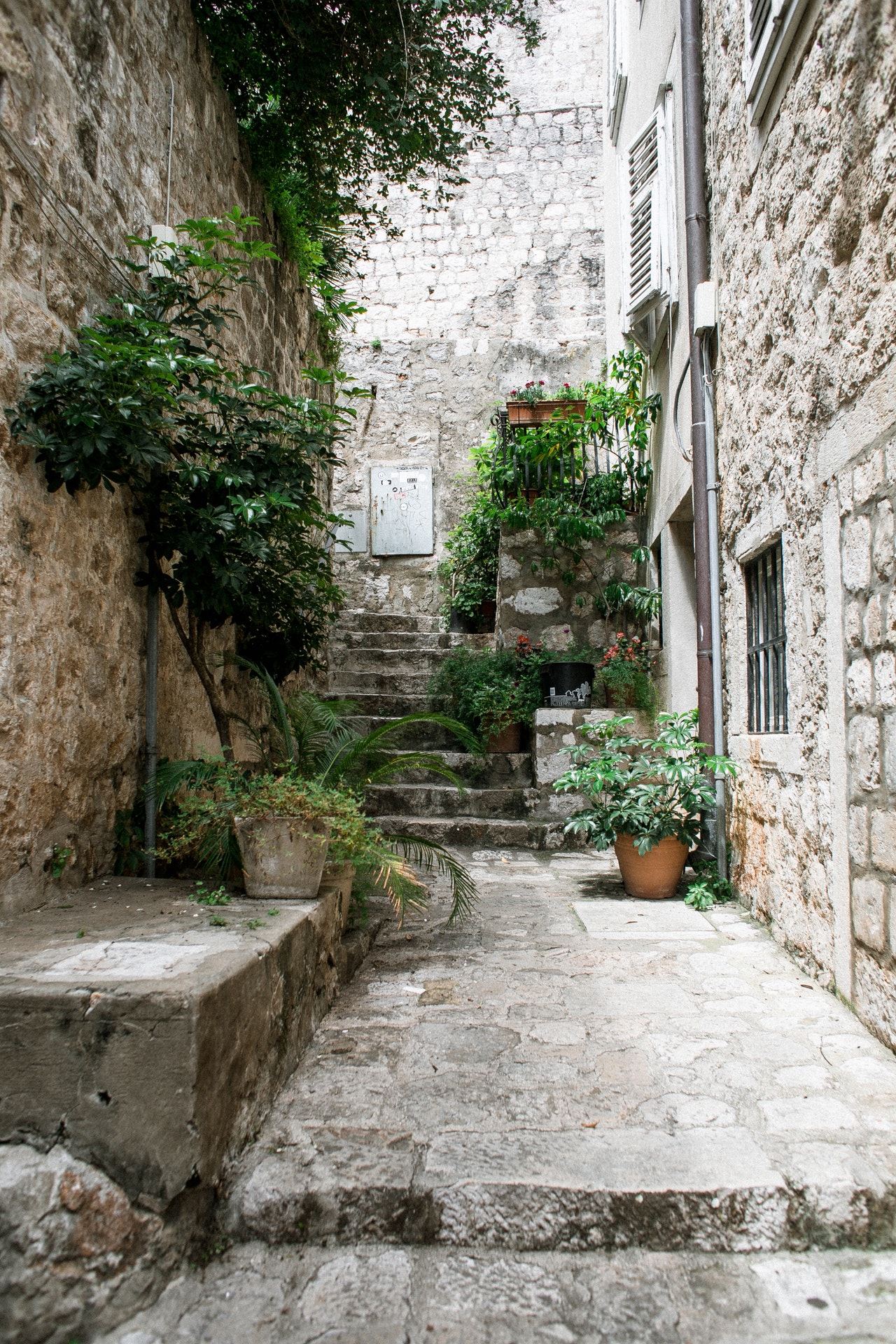
- Sustainable Planet -
- 11mins -
- 1,096 views
How preventing the urban “Heat Island Effect” can help cool down cities and even decrease flooding
With an increasing number of towns and cities either sweltering with the summer heat, or suffering from flooding, the phenomenon of the urban “Heat Island Effect” has been studied and found to be fixable… with trees and plants!
How to tackle the heat island phenomena
Heat islands are cities that are often several degrees warmer than the suburbs because the urban areas generate and trap heat. This, in turn, increases the number of local storms. However, research has shown that trees and other plants help cool the environment, making vegetation a simple and effective way to reduce urban heat islands. What’s more, vegetation absorbs and retains rainwater runoff before it can become a flooding hazard.
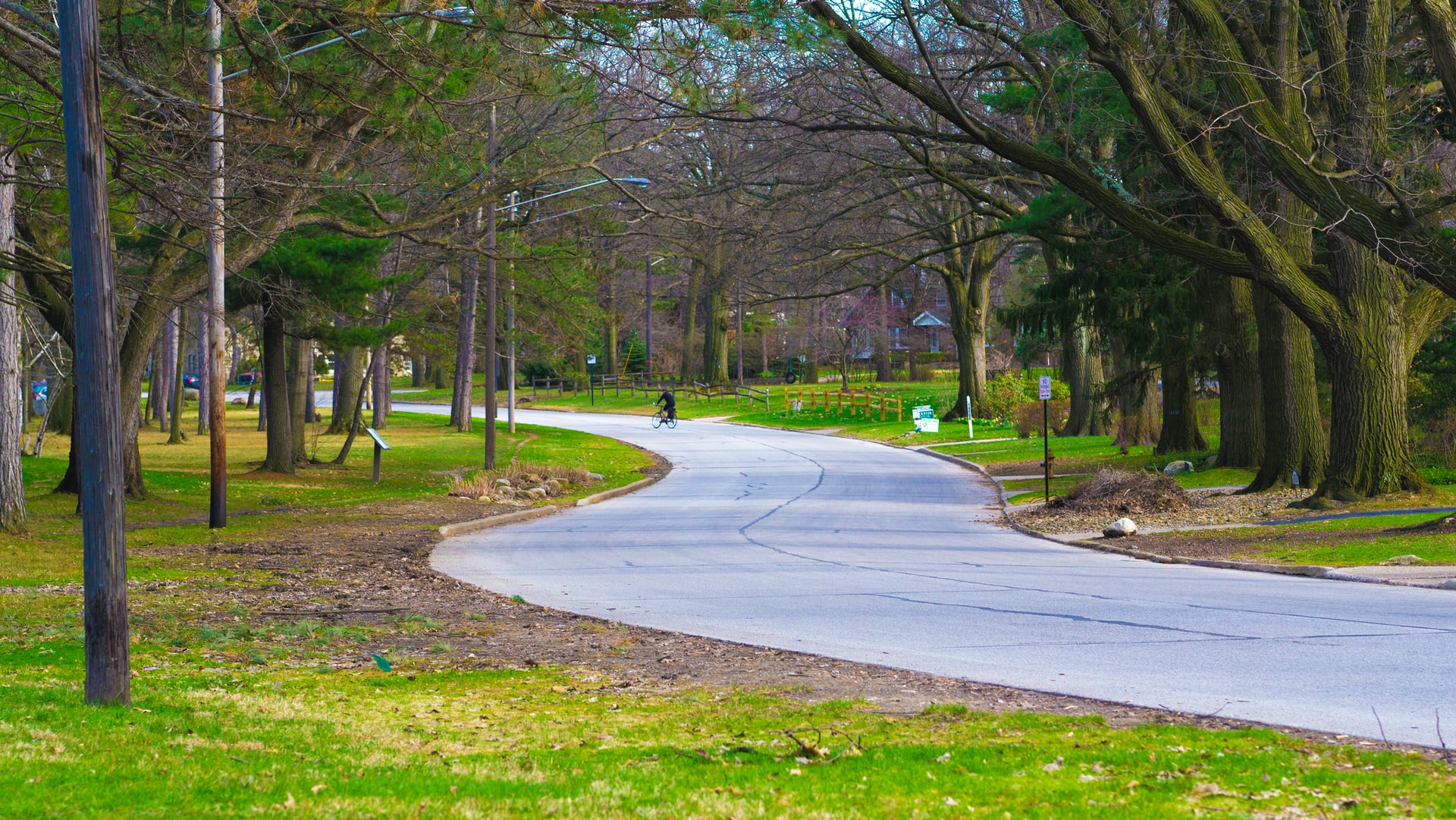
More urban greenery mitigates the heat island effect
"Urban heat islands" occur when cities replace natural land cover with dense concentrations of pavement, buildings, and other surfaces that absorb and retain heat. This effect increases energy costs (e.g., for air conditioning), air pollution levels, and heat-related illness and mortality.
According to the United States Environmental Protection Agency (EPA), climate change will likely lead to more frequent, more severe, and longer heat waves during summer months. Extreme heat events often affect the most vulnerable populations first.
More trees, green roofs, and generally more vegetation can help reduce urban heat island effects by shading building surfaces, deflecting radiation from the sun, and releasing moisture into the atmosphere. The added advantage of more urban vegetation is that it acts like a sponge, and more efficient water retention helps mitigate potential flooding from rainwater runoff.
Source: EPA.gov
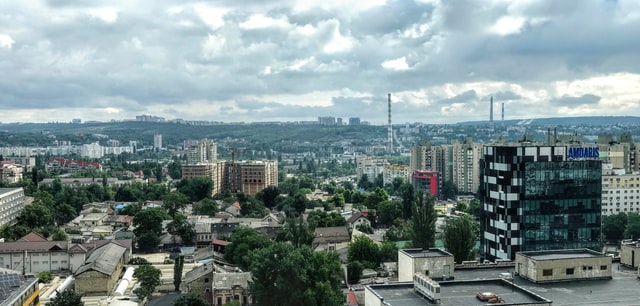
US North-west heatwave “virtually impossible” without human-induced climate change
Scientists say the deadly heatwave in the US north-west would have been “virtually impossible” without human-induced climate change. The intensifying heat is heightened in large urban areas by their design, according to a new report that has attempted to quantify where the “urban heat island” effect is most acute.
Excess heat is the leading cause of deaths among climate-related factors and a growing alliance of public health, building and climate groups called the Smart Surfaces Coalition, called on Wednesday 14 July for an urban rethink that would install heat-reflecting surfaces, solar panels and green roofs.
Source: TheGuardian
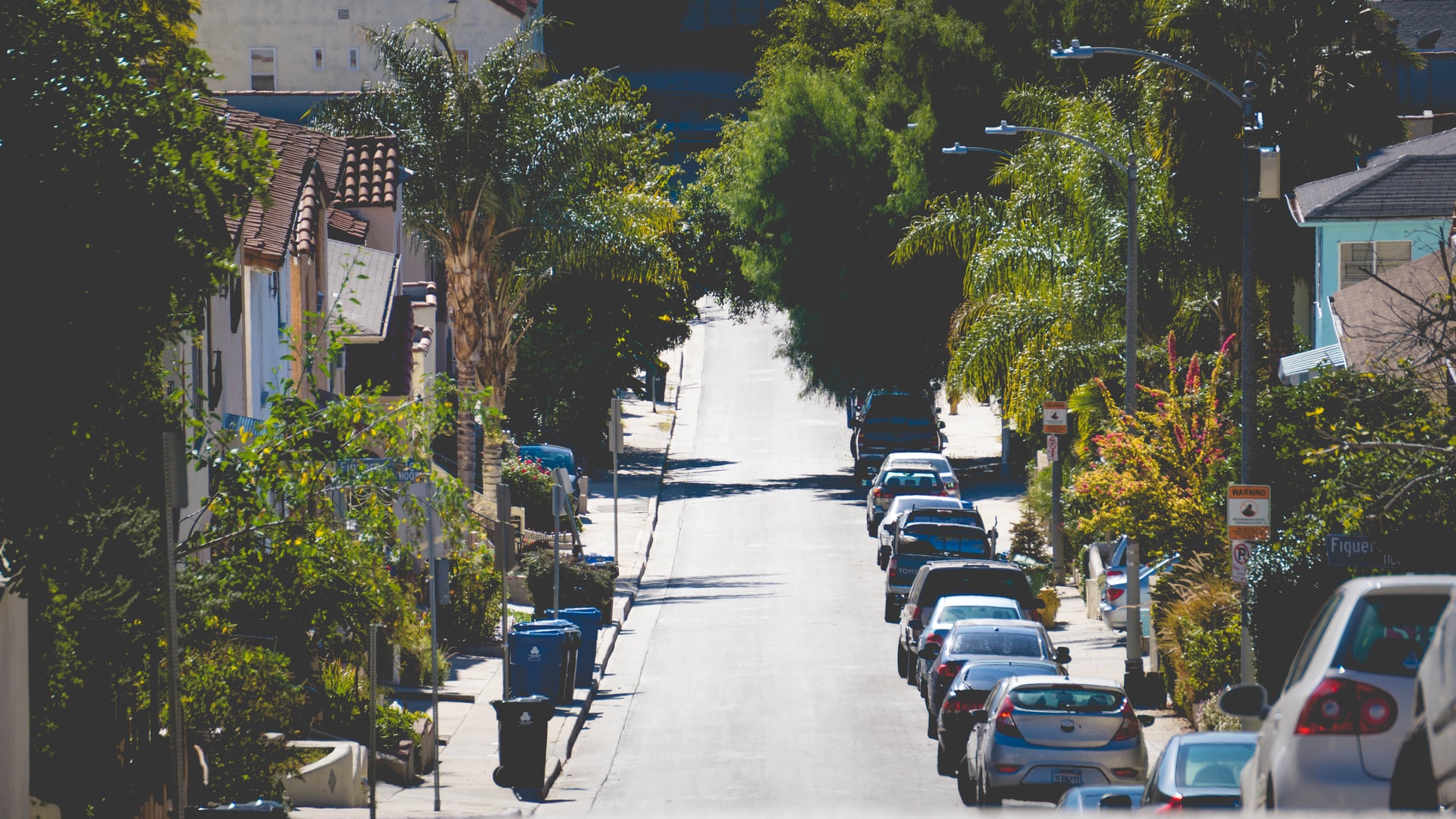
How To reduce the urban heat island effect:
The United States Environmental Protection Agency recommend:
- Build green infrastructure improvements into regular street upgrades and capital improvement projects to ensure continued investment in heat-reducing practices throughout your community.
- Plant trees and other vegetation—Space in urban areas might be limited, but you can easily integrate small green infrastructure practices into grassy or barren areas, vacant lots, and street rights-of-way.
- City officials in Louisville, Kentucky, recently awarded a $115,700 contract for a tree canopy assessment to help the city use trees to address urban heat, stormwater management, and other concerns. "Knowing where we lack canopy, down to the street and address level, will help our efforts exponentially," remarked Mayor Greg Fischer.
- Make traditional water quality practices serve double duty by adding trees in or around roadside planters and other green infiltration-based practices to boost roadside cooling and shading.
- Transform your community one project at a time by planting native, drought-tolerant shade trees and smaller plants such as shrubs, grasses, and groundcover wherever possible.
- Build green roofs—Green roofs are an ideal heat island reduction strategy, providing both direct and ambient cooling effects. In addition, green roofs improve air quality by reducing the heat island effect and absorbing pollutants.
A number of tools are available to help you map the benefit of reducing heat-related stress on your community. For example, Impact Infrastructure in conjunction with the Institute for Sustainable Infrastructure (ISI) recently developed the Business Case Evaluator (BCE) for Stormwater, a risk-based spreadsheet economic companion tool to ISI’s Envision Sustainable Infrastructure Rating System. The tool includes estimates for the value of a comprehensive list of benefits, including reduced heat-related morality rates.
Source: Environmental Protection Agency
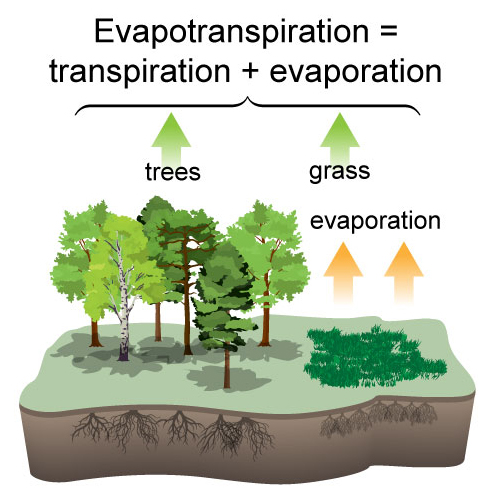
PLANT MORE URBAN TREES AND VEGETATION TO REDUCE HEAT ISLANDS
Trees and other plants help cool the environment, making vegetation a simple and effective way to reduce urban heat islands.
Trees and vegetation lower surface and air temperatures by providing shade and through evapotranspiration. Shaded surfaces, for example, may be 20–45°F (11–25°C) cooler than the peak temperatures of unshaded materials. Evapotranspiration, alone or in combination with shading, can help reduce peak summer temperatures by 2–9°F (1–5°C).
Trees and vegetation are most useful as a mitigation strategy when planted in strategic locations around buildings or to shade pavement in parking lots and on streets. Researchers have found that planting deciduous trees or vines to the west is typically most effective for cooling a building, especially if they shade windows and part of the building’s roof.
Source: EPA.gov
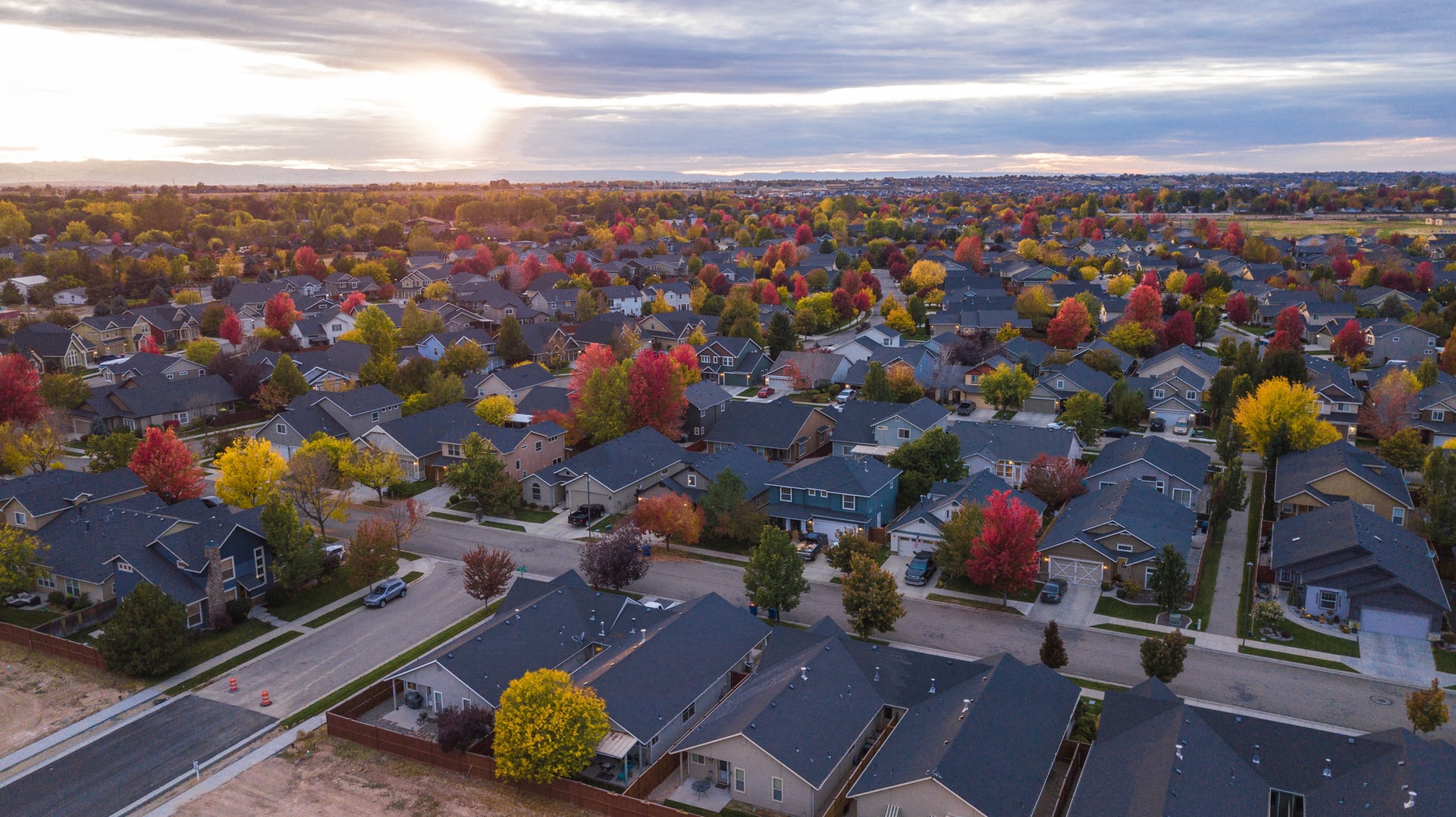
THE BENEFITS AND COSTS OF MORE URBAN PLANTING
According the the United States Environmental Protection Agency (EPA), the use of trees and vegetation in the urban environment brings benefits beyond mitigating urban heat islands including:
- Reduced energy use: Trees and vegetation that directly shade buildings decrease demand for air conditioning.
- Improved air quality and lower greenhouse gas emissions: By reducing energy demand, trees and vegetation decrease the production of associated air pollution and greenhouse gas emissions. They also remove air pollutants and store and sequester carbon dioxide.
- Enhanced stormwater management and water quality: Vegetation reduces runoff and improves water quality by absorbing and filtering rainwater.
- Reduced pavement maintenance: Tree shade can slow deterioration of street pavement, decreasing the amount of maintenance needed.
- Improved quality of life: Trees and vegetation provide aesthetic value, habitat for many species, and can reduce noise.
The primary costs associated with planting and maintaining trees or other vegetation include purchasing materials, initial planting, and ongoing maintenance activities such as pruning, pest and disease control, and irrigation.
A study of urban forestry programs in five US cities showed a range of expenditures: annual costs ranged from almost $15 per tree in the Desert Southwest region to $65 per tree in Berkeley, California.
Pruning was often the greatest expenditure, accounting for roughly 25–40% of total annual costs (approximately $4–$20/tree). Administration and inspection costs were the next largest expenditure, ranging from approximately 8–35% of annual expenditures (about $4–$6/tree). Tree planting, surprisingly, accounted for just 2–15% of total annual urban forestry expenditures (roughly $0.50–$4/tree) in these cities.
Although the benefits of urban forestry can vary considerably by community and tree species, they are almost always higher than the costs. The five-city study discussed above found that, on a per-tree basis, the cities accrued benefits ranging from about $1.50–$3.00 for every dollar invested. These cities spent roughly $15–$65 annually per tree, with net annual benefits ranging from approximately $30–$90 per tree.
Source: EPA.gov
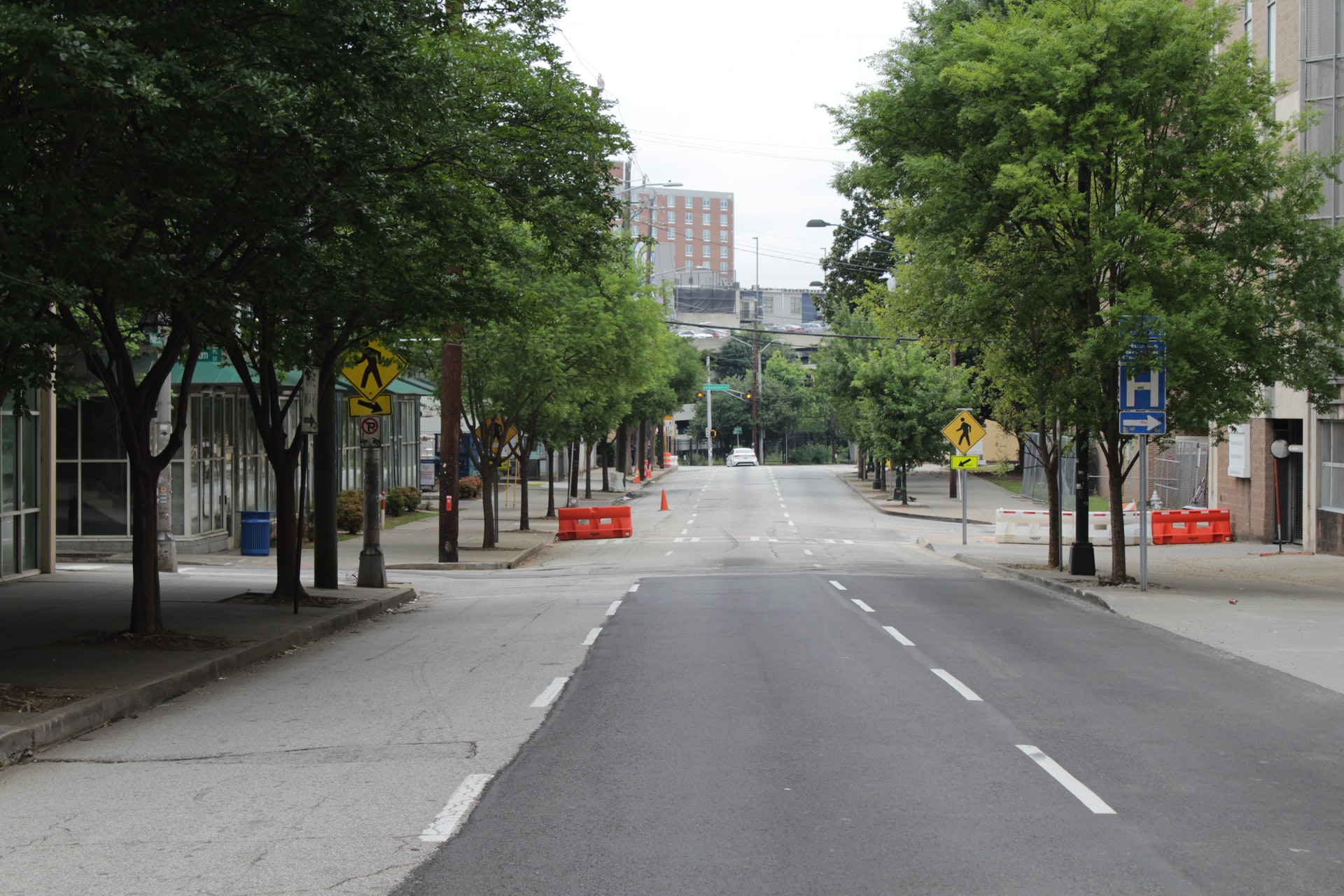
10 tips on how to reduce urban heat stress: tips 1–5
Climate change will cause this heat island effect to intensify in the years and decades to come.Here are some tips on how to reduce heat stress in cities and towns.
1: Light-coloured concrete and white roofs
City rooftops are typically black because the traditionally-used asphalt and tar are waterproof, tough, ductile and easy to apply to complex rooftop shapes and designs. However, black and dull colors absorb lots of solar heat, which results in warm (and sometimes, scorching hot) surfaces. So, to mitigate the problem of urban heat island, more people are having bright, white roofs installed. The use of light-colored concrete and white roofs is far more effective in reflecting up to 50% more light and lowering the temperature. Additionally, light-colored concrete and white roofs reduce the overall air conditioning demands (and costs).
2: Green roofs
Green roofs are a great, sustainable option for reducing the impact of urban heat island. Green roofing is the practice of planting vegetation (grass and or plants) on a roof, just like they are planted in a garden. Plants on the roof serve as perfect insulators during summer and decrease the overall urban heat island effect. Plants also cool the surrounding environments, thereby reducing air conditioning demands. And the added bonus is that air quality will improve, since the plants absorb carbon dioxide and produce fresh air.
3: Urban relief – planting trees in cities
The practice of tree planting within and around cities is an excellent way of reflecting solar radiation, while also decreasing the urban heat island effect. Trees provide shade, absorb carbon dioxide, release oxygen and fresh air, and provide a cooling effect. Deciduous trees are ideal for urban areas because they cool the area in summer and they don’t block any warmth during the wintertime.
4: Green parking lots
Green parking spaces utilise sustainable infrastructure strategies to limit the impacts of urban heat island effect. More specifically, it protects against the elevation of pavement temperatures which can, in turn, prevent pollution resulting from stormwater runoff.
5: Awareness and implementation of heat reduction policies and regulations
The EU directives regarding environmental policies, such as low carbon fuel standards and the uses of renewable energy, can significantly regulate (and mitigate) the problem of urban heat island effect. With fewer emissions, the level of green house gases in the atmosphere can be reduced. This, in turn, decreases the effects of climate change and global warming. Education and community outreach can also help to ensure that communities are made aware of the economic and social benefits of sustainable practices such as planting trees, eco-roofing/paving.
Source: Wavin.com
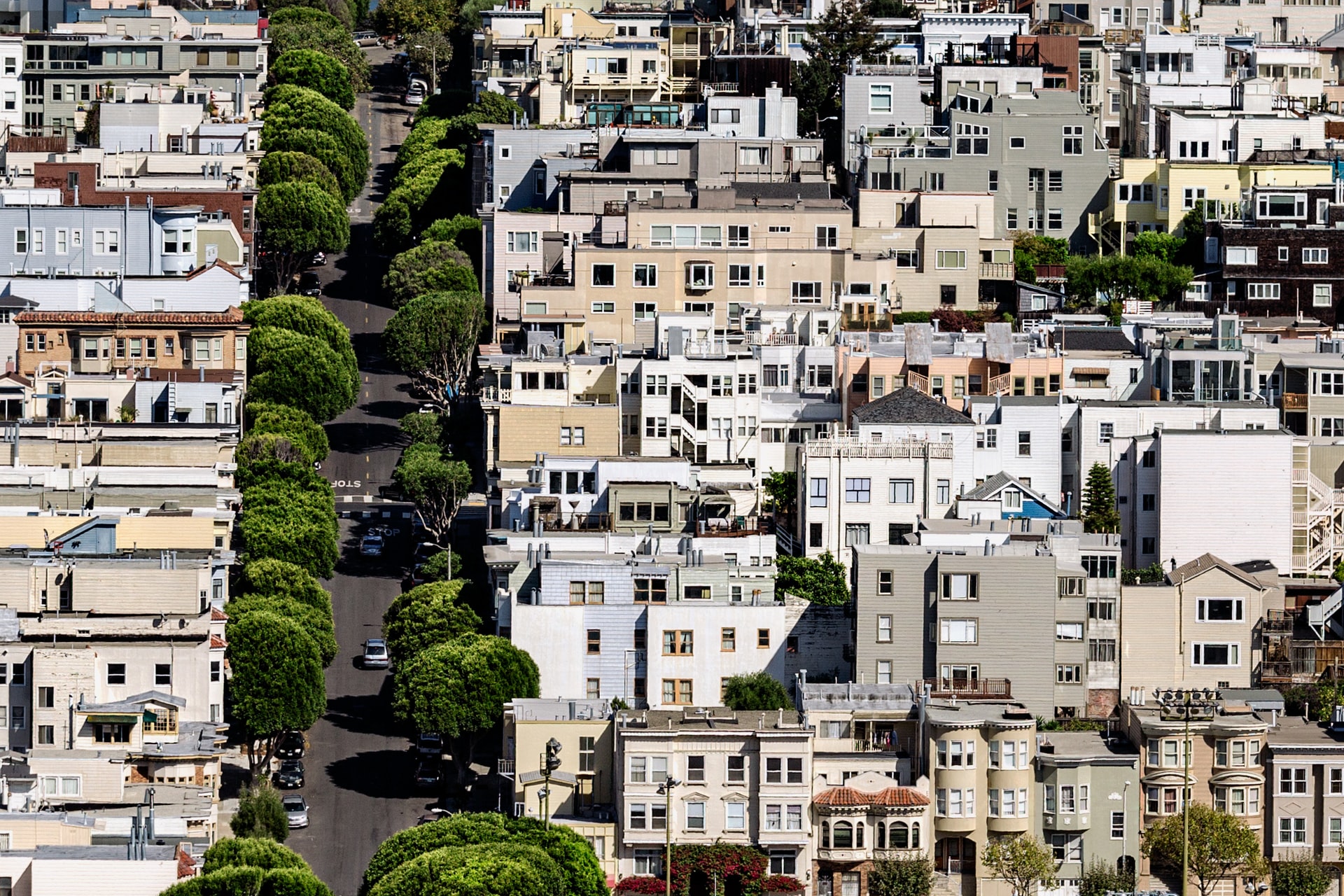
10 tips on how to reduce urban heat stress: tips 6–10
6: H&C systems that can heat AND cool
Integrated heating & cooling systems present a year-round solution – keeping buildings and homes warm in the wintertime and cooling them during the heat wave season. When you have the ability to easily control your indoor climate so that it is comfortable, you won’t be bothered by the oppressive heat outside. Whether your ceiling is closed suspended gypsum, new-build concrete or metal, radiant heating and cooling systems integrates responsive and reliable heating and cooling, while keeping your energy consumption (and cost) low.
7: Ventilation
When the sun goes down, open the windows and doors and let the through-breeze in. Release any warm air your home has accumulated during the hot daytime hours by allowing cooler air flow into your home. Switch out your hot daytime air with the cool night breeze. Circulate that air! It can really help to bring down the indoor temperature. A word of caution, however: safety is an issue in many urban areas, so do remember to close/lock your windows and doors before you go to sleep.
8: Using harvested rainwater for cooling
Implementing an infiltration systems is one way to tackle the issue of excess rainwater. The system can also be used for water attenuation. When rainwater is harvested you can re-use that water in many ways during dry spells:
• Irrigation of lawns and green areas
• Flush toilets with retained water instead of using town water that might become sparse
• Cool pavement by sprinkling water on it
• Use it on roof surfaces to cool buildings
• Firefighters can use the water if needed
A city that is exemplary in climate resilient building, is the city of Wolfsburg in Germany. Check out how they’ve applied a Q-Bic Plus infiltration systems here.
9: Personal heat safety tips
Hydrate! Nothing beats the restorative power of good, clean drinking water. Stay hydrated during the hot summer months. And if you must go out into the city streets in the heat of a summer afternoon, always carry a bottle of water with you. Also don’t forget to apply a good UV-resistant sunscreen and wear a sunhat to beat the heat. Walking on the hot city pavement between 11 am and 3 pm can cause a lot of sun damage, if you’re not careful. Better yet, stay indoors and avoid the sun altogether. Heatstroke is something that you definitely want to prevent.
10: Keep your pets out of the heat
Cars can heat up very quickly and leaving your dog in a vehicle parked on a hot city street could be fatal for your pooch. Keep him cool – indoors, with plenty of water. A dog left outside in the yard on a hot afternoon may also suffer from heatstroke. Keep in mind that most cities have laws and regulations regarding animal safety. Avoid walking your dog during peak hours, as city pavements get very hot and will burn their paw pads – causing great discomfort.
Source: Wavin.com
